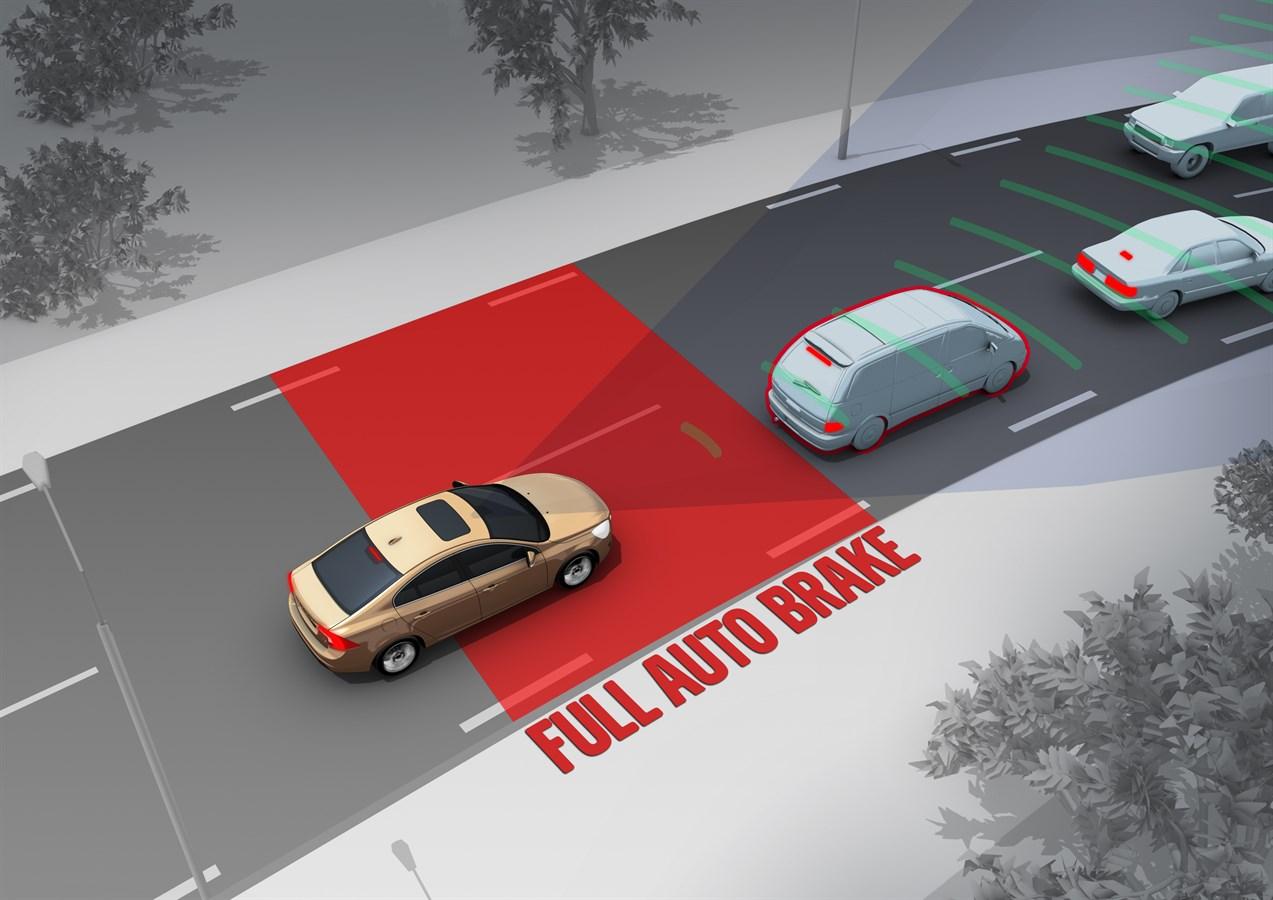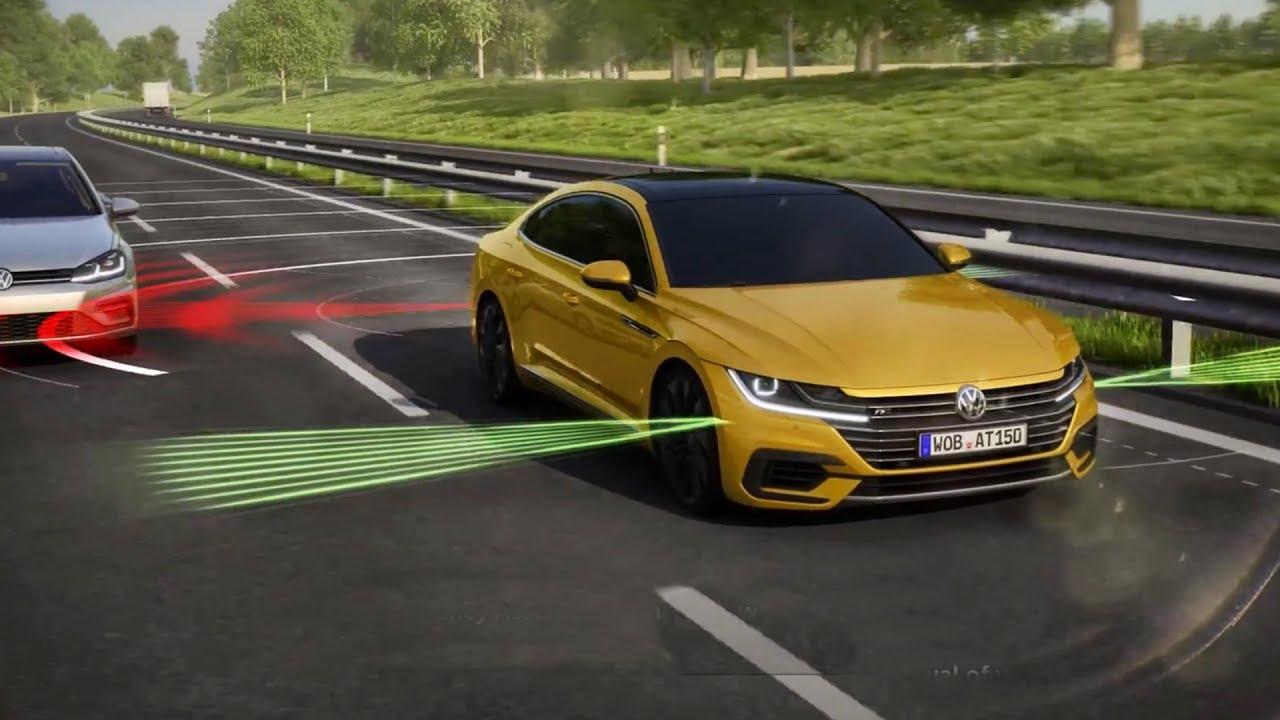Brake Assist is an excellent safety feature in modern vehicles. It helps the driver to use the full capacity of the Antilock Braking System (ABS) in emergencies. Having the brake assist in cars means you have an extra protective measure to prevent accidents on the road.
Is this feature truly useful? Or, it’s just a marketing gimmick to impress the customers and bump up the sticker prices? We’re going to discuss what it is and how it works.
Contents
What Is Brake Assist?
What does brake assist mean? As simple as it sounds, which is assisting the braking system.
A brake assist in cars monitors the speed and force of the brake application. Whenever you press the brake pedal, this system measures those parameters to determine whether it’s an emergency stop, for the force and speed of pressing the brake pedal would be higher in a critical situation. When this component detects the emergency, it steps in and helps the vehicle stop quicker and sooner. It also actively assists the ABS to prevent the wheel lock-up.

Humans react pretty slowly compared to a machine. A brake assist’s prompt action stops a vehicle faster than the human driver stops it without this system. These fractions of a second are the difference between an accident and a close shave.
The brake assist is a real deal, and it actively prevents numerous fatal road accidents every year.
A sudden push on the brake pedal at a certain force and speed triggers the brake assist to become active. You can use it for forcing an emergency stop when:
- Someone or an animal runs in front of your car into the road.
- You suddenly run into a big rock or a large obstruction.
- You swerve into another lane accidentally.
- Another vehicle in the road veers into the driver’s lane and stops or slows down without giving any warning.
- Your view is obstructed for hazy weather or a rod curve and you need to push the brake pedal suddenly for any reason.
- Any situation when you need to force the vehicle to stop.
How Does a Brake Assist in Cars Work?
Brake assist is a passive safety feature, which means that it becomes active automatically when some conditions are met. A driver cannot apply it; rather, it kicks in whenever a driver applies a sudden brake with a great deal of force. It uses an additional brake force to avoid a collision.
The idea behind the brake assist technology is that it exerts the maximum amount of force possible to the brakes to stop the vehicle in a minimum amount of time and the least distance traveled.
Some drivers have a habit of driving rough and applying hard brakes unnecessarily. Some brake assist systems are intuitive so it learns the driver’s braking style and adapts to it. However, most systems rely on pre-set variables to determine when to become active.
Automobiles have two types of brake assist systems. Older vehicles have a mechanical brake assist while the modern vehicles are equipped with an electronic brake assist. The main point of difference between the systems is their way of detecting the signal for emergency braking.
Here is a separate discussion on both systems so that you get a clear idea about the mechanism of brake assist in cars.
SEE MORE
Electronic Brake Assist
Automobiles these days use the electronic version of the brake assist system. It has several sensors to detect if the speed and force at which the driver presses the brake pedal exceed the pre-set parameters. If they do, the system figures out that there is an emergency and becomes active to slow down the car’s speed. It draws power from the brake piston valve, unlike the mechanical system that uses the brake booster to exert the force.

An electronic brake assist technology remembers the braking habits of the driver and adapts to that style. To adjust to the speed and force of the driver’s braking pressure, it reprograms the parameters. This intuitive feature helps it do a better job of detecting an emergency.
Mechanical Brake Assist
The mechanical system represents the earliest models of the brake assist unit. As the name suggests, it does not have any electronic sensors to detect the force and speed of the driver’s foot pressure.
How does it work then? Well, it responds to pre-set mechanical thresholds. For it to become activated, the speed and force of a driver pressing on the brake pedal must exceed these thresholds. When this system activates, it triggers a locking mechanism, which draws power from the brake booster to stop the vehicle.
This mechanical system is found in vehicles manufactured before 2004.



